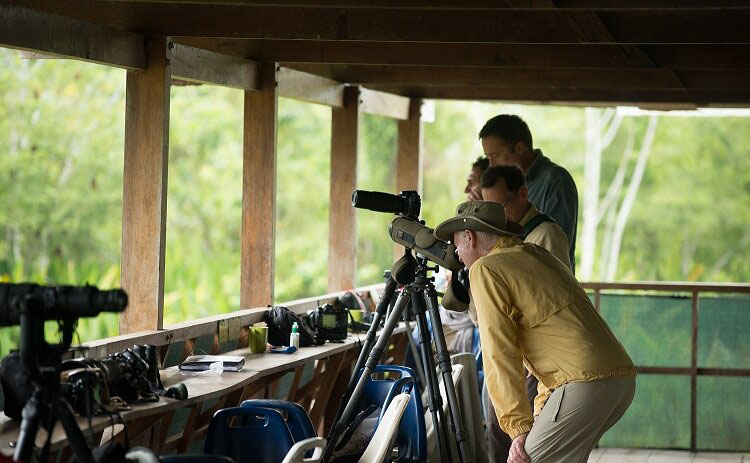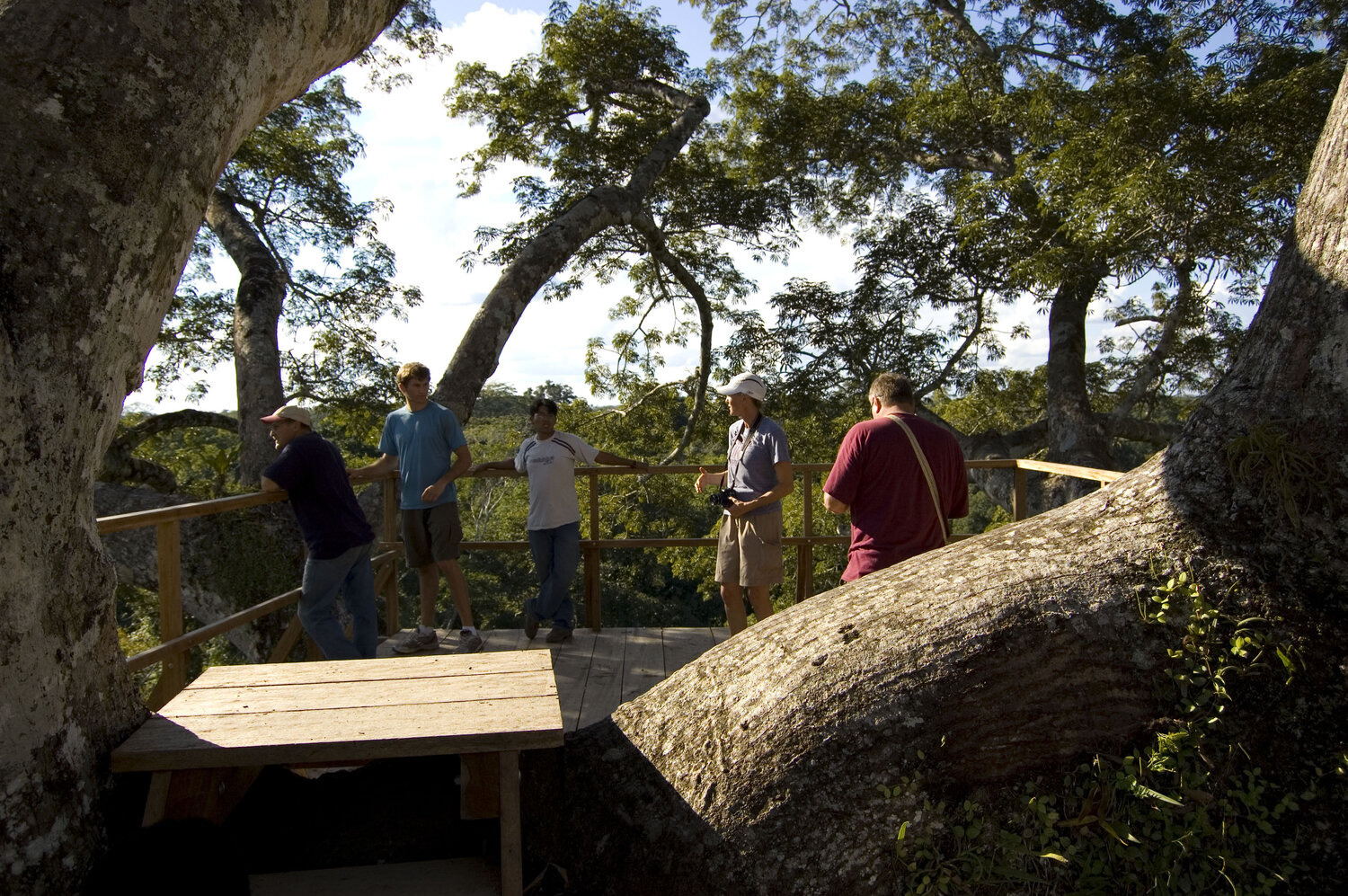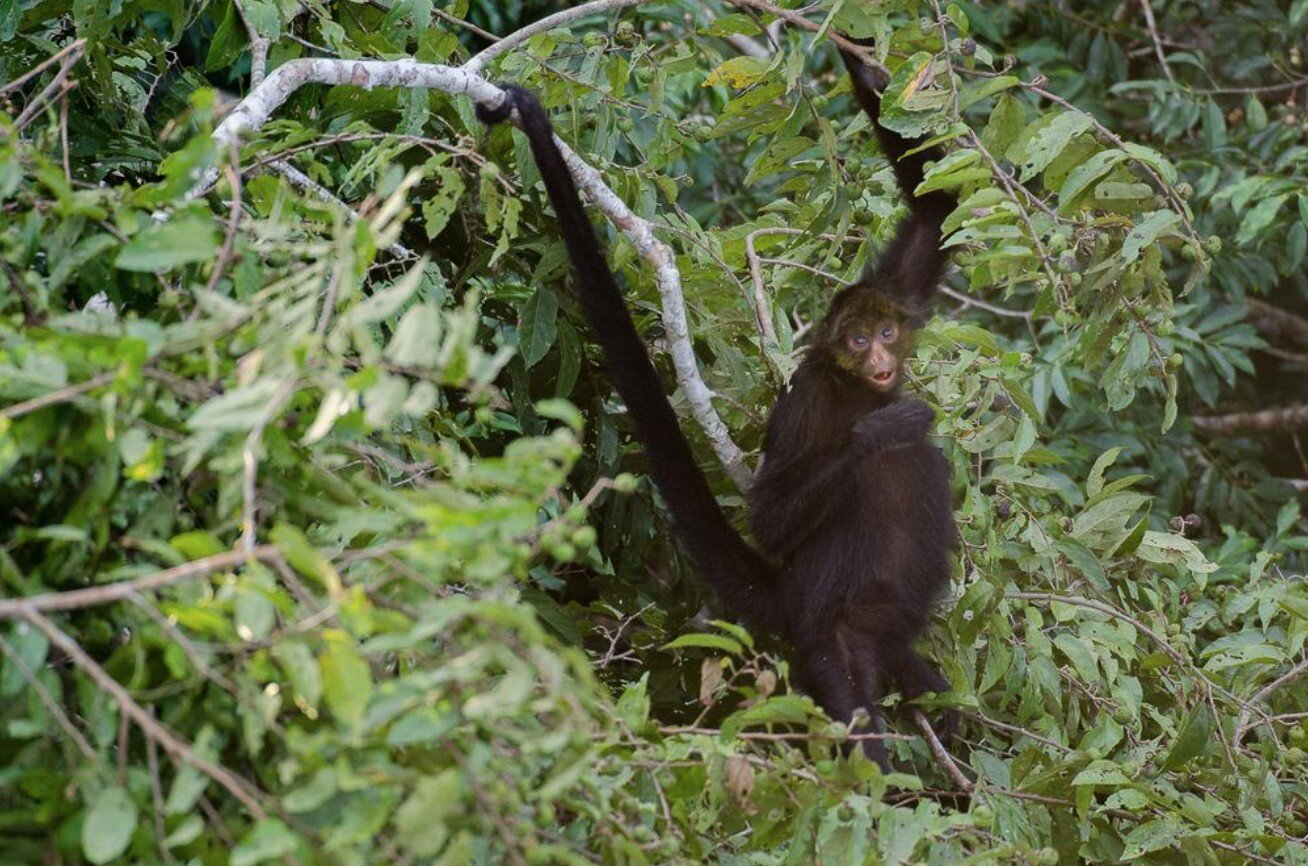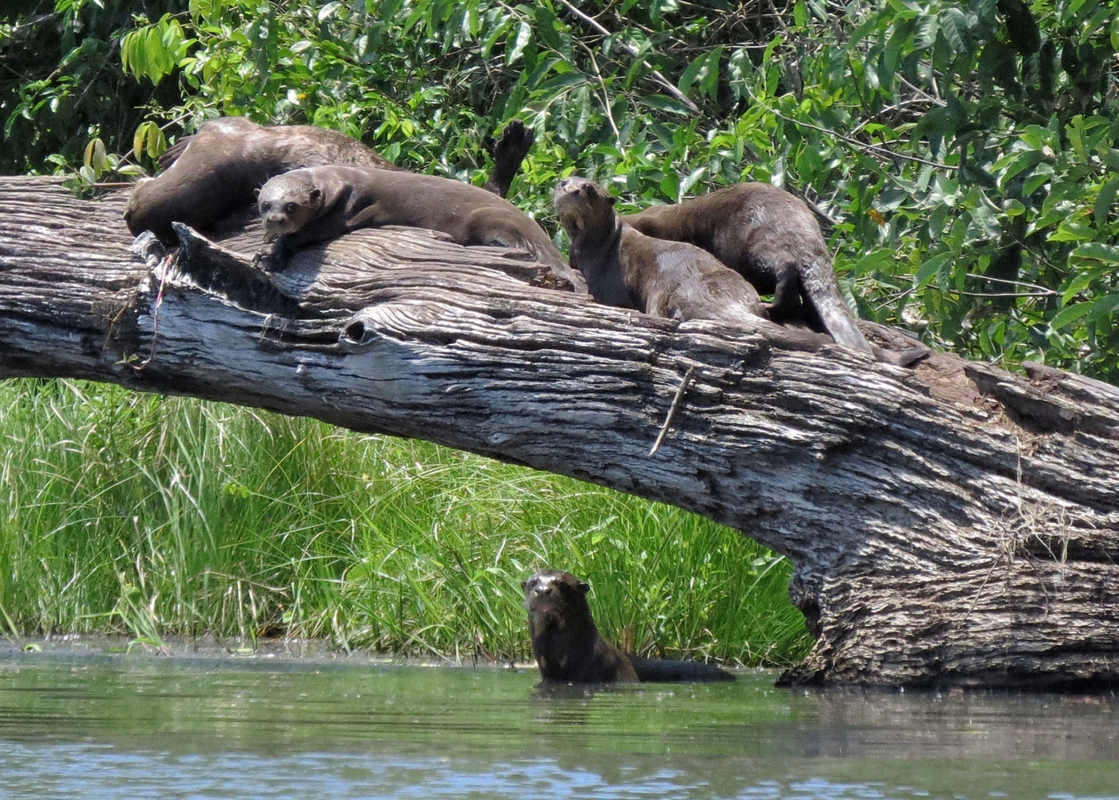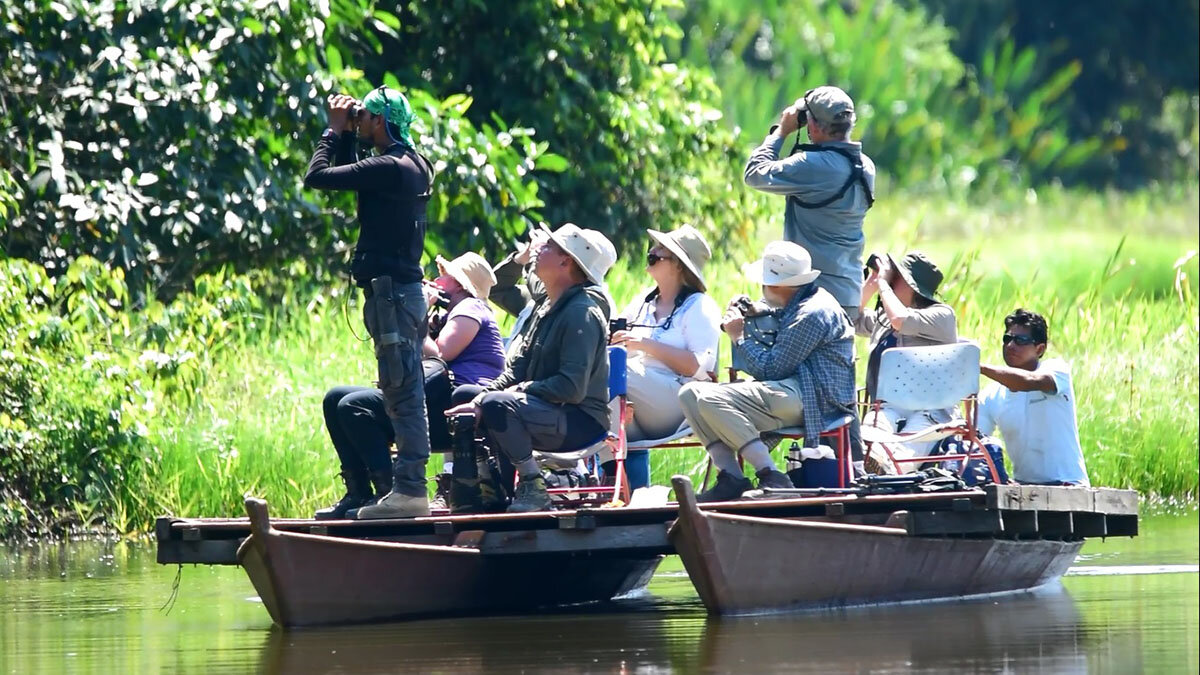The Manu National Park in the Amazon
is an area of great relevance and value in terms of biodiversity
conservation and preservation of Amazonian ecosystems. Below are some
very relevant concepts related to the Manu National Park:
Exceptional Biodiversity:
Manu National Park is home to one of the greatest
biodiversity in the world. It is estimated to contain an astonishing
variety of plant, bird, mammal, reptile, amphibian, and insect species.
The biological diversity in the park is of global importance and
contributes significantly to the natural heritage of the planet.
Integral Conservation Area:
Manu National Park is an extensive protected area
that encompasses diverse ecosystems, from the low plains of the tropical
jungle to the high mountains of the Andes. This guarantees the
protection of vital habitats for a wide range of species, including
endemic and endangered species.
UNESCO Biosphere Reserve:
Manu
National Park has been designated as a UNESCO Biosphere Reserve. This
designation recognizes their exceptional value and role in the
conservation of biological diversity, as well as their importance for
scientific research and sustainable development.
Protection of
indigenous culture:
Manu National Park is home to indigenous
communities, such as the Matsiguenka and Yine. These communities have
inhabited these lands for centuries and possess deep traditional
knowledge of the forest and its resources. The protection of their
rights, cultures and ways of life is an integral part of conservation
efforts in the area.
Significance for climate change:
The Amazon
is known as "the lungs of the planet" due to its role in regulating
global climate and sequestering carbon. Manu National Park, as part of
the Amazon, plays a crucial role in mitigating climate change by
protecting vast tracts of tropical forests and ensuring the conservation
of its biodiversity.
Sustainable tourism:
Manu National Park
attracts visitors from all over the world interested in exploring the
nature and wildlife of the Amazon. Tourism in the park is based on
principles of sustainability and conservation, promoting responsible
practices that minimize environmental impact and contribute to the
socioeconomic development of local communities.
In summary, the
Manu National Park in the Amazon is an area of great relevance in terms
of biodiversity conservation, ecosystem preservation and protection of
indigenous culture. Its ecological value and its contribution to the
mitigation of climate change make this park a natural jewel of global
importance
